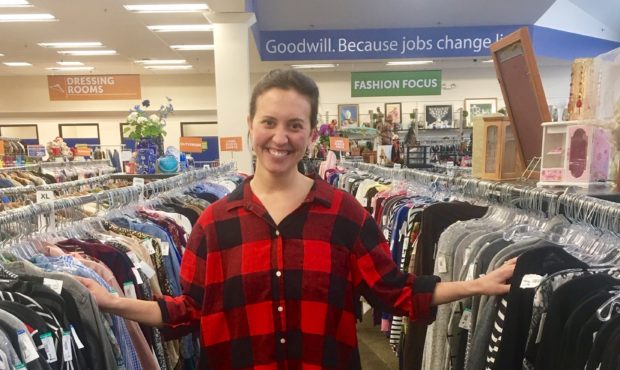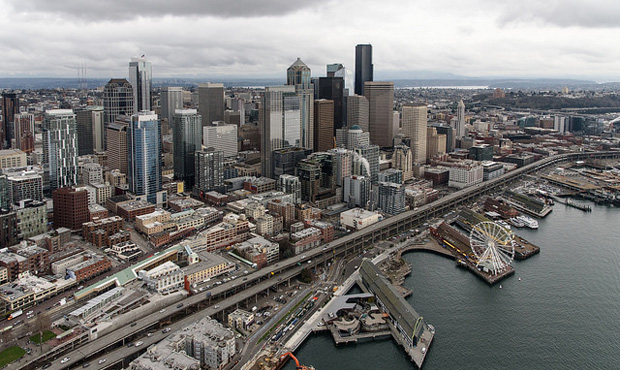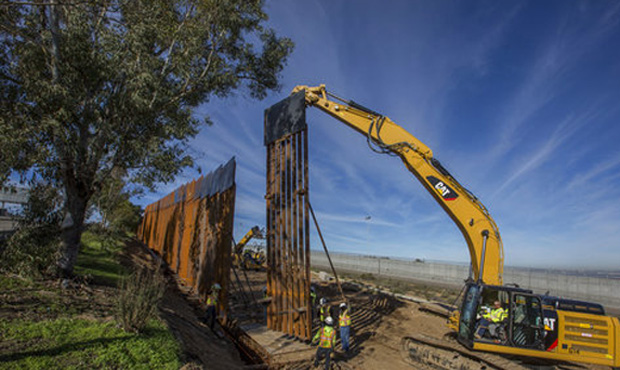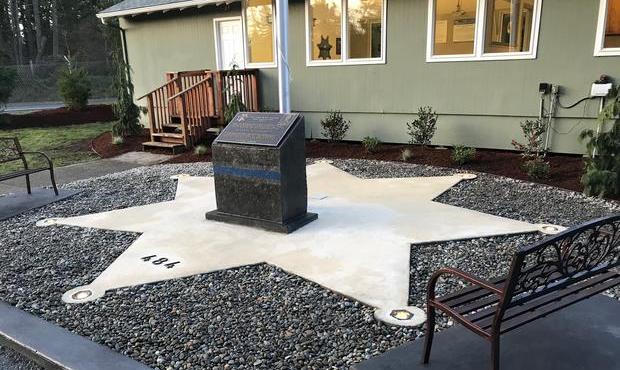How would police handle a mass shooting in the Puget Sound region?
Dec 2, 2015, 7:20 PM | Updated: Dec 3, 2015, 10:07 am
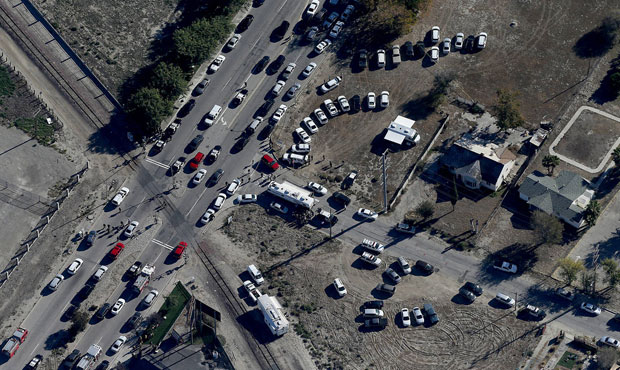
After the mass shooting in San Bernardino, Calif. Pierce County Det. Ed Troyer tells how the Puget Sound region trains for similar situations. (AP)
(AP)
When a mass shooting strikes a community in America, police have to be ready for a variety of scenarios that could play out. In the Puget Sound region, it’s no different.
“Right now, what you are used to having is a white male who has got some issues and acts as a lone wolf and goes and does these things,” Detective Ed Troyer with the Pierce County Sheriff’s Department told KIRO Radio’s Ron and Don. “When you have multiple people, and they are well prepared, and they have a vehicle and a specific plan, there’s a lot more to the story.”
Which is what happened Wednesday in San Bernardino, Calif.
Related: ‘They came prepared,’ couple kills 14 in mass shooting
“It’s very rare that you get multiple people together that have the same mindset to do something like this,” Troyer said.
How would Washington law enforcement officers handle a mass shooting?
“We have something called the fast response team — all departments train in this,” Troyer explained. “So if you have a school shooting or a mass shooting, the first three or four officers who arrive all have the same training and they will go in and hunt down the gunman. They won’t stay outside like at Columbine and surround the building.”
“The first three officers that get there – we all carry the right weapons – and there’s a way three people can go into a building and start searching. Second three, it’s the same thing,” he said. “We don’t wait to contain anymore. We go after the shooter.”
And a number of factors then come into play.
“If the officers arrive and we’re in communication with the gunman and he’s not shooting anymore, and he’s contained, we are not going to do an operation offensively just to go in and kill the guy,” Troyer said. “What we are going to do is set up, contain him, and keep him talking and make sure he can’t get out and do anything.”
But if the situation is similar to the San Bernardino shooting, where police were in a standoff with no communication, that outcome could be different.
“At this point the rules of engagement are to take these guys out so nobody else gets hurt. Because they’ve already shown what they are capable of,” Troyer said.
Troyer also said that there likely won’t be just one agency that responds to such an emergency.
“We’ve been to Seattle, and Seattle has been here, we’ve been to King County, we’ve used their helicopter,” Troyer said. “We can get resources very quick.”
Those resources will be put together via an “incident command team,” composed of an array of support officers.
“There are so many people working right now that you don’t see on TV and don’t have guns and they are the ones that run logistics, and they are the ones that make sure the guys stay safe and tell them where to go and where not to go, and coordinate the operation,” Troyer said.
The one special group that will be called in will be a SWAT team or a special operations team. That uses a combined force, pulling its members from all over the region; some of which aren’t even officers.
“A lot of our SWAT team members, especially with the big departments in Washington state, are regular officers that pick that up as a second part of their job,” Troyer said. “They keep equipment in their car. There is no such thing a full-time SWAT team member. All of them are working patrol, they’re detectives, they’re administrators that are really good at the range and go through the training.”
“One of our best shooters on our SWAT team is actually an emergency room doctor and a volunteer,” he said, noting that paramedics are also members of a local SWAT team, along with officers with military backgrounds.
Time is another factor, especially with shooting teams.
“They will put people on roofs and in trees and they will stay there [overnight] and you won’t even know they are there,” Troyer said.
“We have guys, and Seattle PD does too, that will sit 12-14 hours in one spot with zero movement so they don’t get seen,” he said. “If that’s what they need to do to make sure nobody gets out of that vehicle and nobody gets hurt, that’s what they’ll do.”
After a shooter, or shooters, have been secured, the incident isn’t over. Troyer notes that in some situations, explosives and other devices are left behind. It was something that local officers encountered when taking Christopher Monfort into custody.
“Remember Monfort? He had secondary devices to blow up the Seattle Police Department and cars hoping to injure first responders,” Troyer said. “If these guys are expecting to get caught … since they are armed with weapons, it doesn’t mean they aren’t armed with bombs or other things in the vehicle to hurt first responders.”
Which is why officers in San Bernardino took time with an SUV, and inspected the vehicle from behind a bomb shield.



